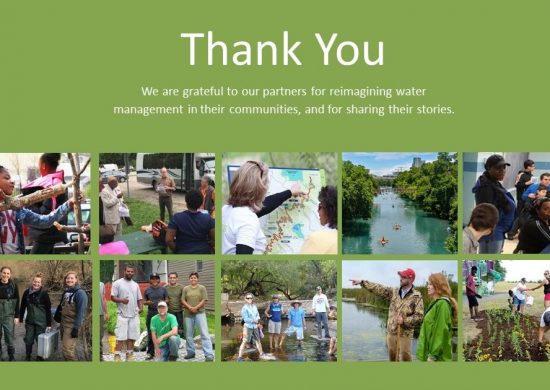The New York Times published an op-ed on August 6 that I contributed about episodes of water contamination this year in Charleston, W.V. and Toledo—and what the “do not drink” (and in some cases “do not bathe”) instructions that lasted for days in each city mean for water management in America as a whole. The piece is here.
As I said in the essay, while there are differences in these alarming situations, I think they offer important reminders, perhaps even should be viewed as wake-up calls, about how we manage and protect water resources generally. Our Foundation hopes to help forge solutions to our water challenges, and I am pleased to have a former colleague, Nancy Stoner, join us next month from U.S. E.P.A., where she’s headed the Office of Water for the last several years. Nancy told me she’s traveled to dozens of states for E.P.A., and so she knows better than most what is needed and what is possible.
My essay calls for a new integrated approach to water, one that bestows multiple benefits and addresses multiple challenges at the same time. While there is much to do, the good news is there are lots of people thinking hard about how we can design creative, updated approaches. They include—but are certainly far from limited to—grantees like California Water Foundation, Pacific Institute, and NRDC, and partners like the S.D. Bechtel, Jr. Foundation and the Funders’ Network for Smart Growth and Livable Communities. An example of this new thinking, and something I mentioned in the op-ed, is embodied in the “green infrastructure” movement. Green infrastructure is an approach to water management that works by making the built environment (like cities) function from a water perspective more like the natural environment. These approaches are taking hold from one end of the country to the other. I think our water challenges can be met, but lots of people will have to work together to make that happen. We’ll try to do our part.



